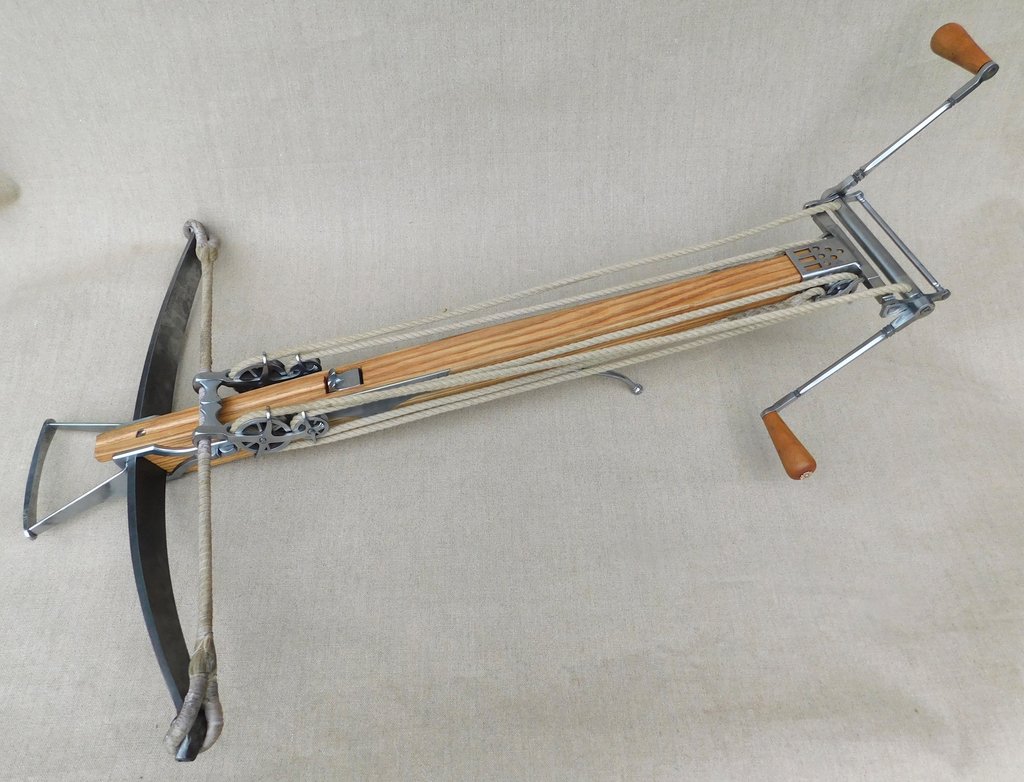Your survivors don't need to be limited to black-powder muskets. It is perfectly feasible for survivors to make their own modern ammunition even without heavy industry. Modern bullets consist of 4 main parts, the projectile, the shell casing, the gunpowder and the primer.
In real life, plenty of people buy loose projectiles, shells, gunpowder, and primers and combine them in a reloading press. These are run by hand, no electricity or gas necessary. They do this because it often can save a lot of money if you shoot a lot. So your survivors are going to need to own or scavenge these presses, one for each caliber they plan on using.
Next, they'll need a way to get the shells. If your survivors already have ammunition, they can just keep reusing the same shells. Most will be fine to refill and use again. If not, or if they ran out, the survivors will need to scavenge an autobody or mechanics shop. You're looking for a stamp mill, which you can use to stamp out shell casings. You don't absolutely need to use brass, steel will work fine. It is probably beyond your survivors' capability to make shells that are not straight-walled, at least not without purpose-built tools. This limits you to cartridges like .45-70 Government, .45 Long Colt, or any other cartridges without a shoulder. So not .556 Nato or 7.62x54r.
Next, you will need to make the gunpowder. For this, you will need nitrates, charcoal, and Sulfur. The nitrates can be leached out of manure, especially poultry manure. This is a time consuming process though, as the manure needs to decompose quite a lot before you can really leach anything out of it. Charcoal is easily made by just piling wood in a metal container and cooking it until it stops steaming. The charred wood inside should be charcoal. Sulfur can be acquired in large quantities from car batteries.
Last, you need mercury fulminate for the primer. The mercury for it can be scavenged from old thermometers if you can find them, or from mercury switches which could be scavenged from electronic hobby shops. I'm not going to describe how to make this in any more detail, because it's a potent explosive. It is also extremely sensitive to both heat and impact, and so should be made and handled with great care.
Now all you have to do is combine these pieces in the reloading press I mentioned above, and you have a bullet. It will fire just fine in a modern gun. However, the recipe I described above makes black powder, which will provide much less energy than modern smokeless powder. You will get a big cloud of white smoke with every shot. Further, the bullets will have a lower muzzle velocity. Also, semi-automatic or fully-automatic guns will likely not cycle, as the recoil will be much lower. This will effectively make them bolt action. Last, black powder leaves a lot more residue than smokeless, so your guns will need to be cleaned a lot more often.


